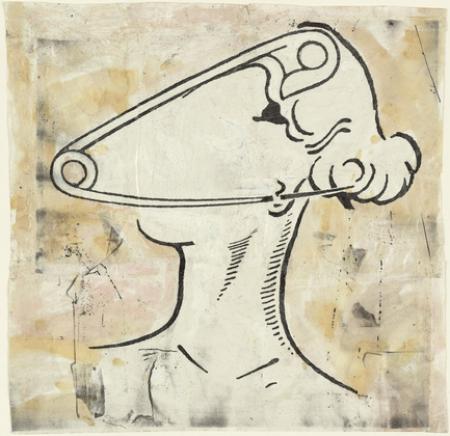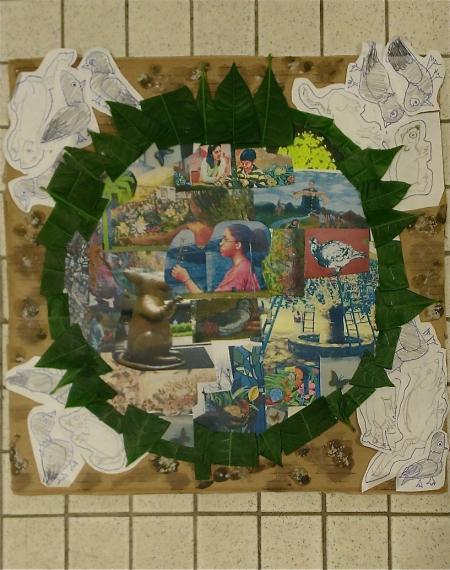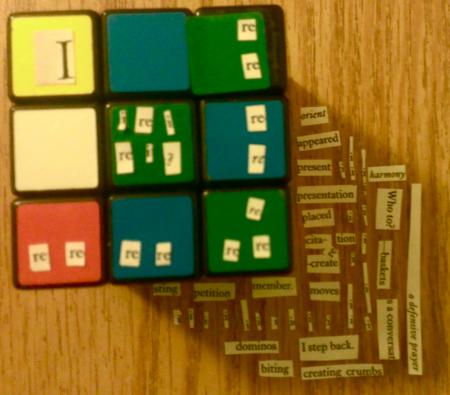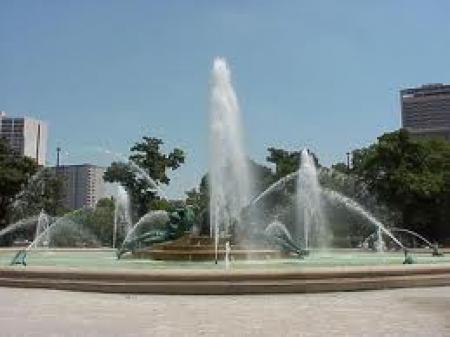Serendip is an independent site partnering with faculty at multiple colleges and universities around the world. Happy exploring!
tomahawk's blog

Edgar Allan Poe National Historic Site
Try to follow the breadcrumbs. It may be confusing!
1)https://www.google.com/search?q=ufology+in+philadelphia&oq=ufology+in+philadelphia&aqs=chrome..69i57.4948j0&sourceid=chrome&ie=UTF-8#q=ufology+philadelphia
2)https://www.facebook.com/PhiladelphiaUfoMeetupGroup/info
3)http://www.meetup.com/ufos-61/messages/boards/thread/10980161
4)http://www.history.com/shows/ufo-hunters/videos/the-philadelphia-experiment
5)http://en.wikipedia.org/wiki/Philadelphia_Experiment
6)http://www.navyyard.org/history
7)http://philadelphia.cbslocal.com/2011/02/22/top-historic-ships-near-philadelphia/
8)http://www.phillyseaport.org/visitor-information
9)http://www.ushistory.org/tour/
10)https://www.google.com/search?q=Edgar+Allan+Poe+National+Historic+Site+Philadelphia%2C+PA&oq=edgar+allan+p&aqs=chrome.0.69i59j0j69i57j5.3676j0&sourceid=chrome&ie=UTF-8
If the government is still shutdown by this weekend, I won't be able to go. Still, I'm crossing my fingers!

Exquisite Corpse
The exquisite corpse was a parlor game in which people would work together to write a story. There were several versions of exquisite corpse each of which having different rules; for some, each person would write one word and then fold the paper so that the next person could not see the word they wrote. In other games, people would write lines, and cover half of the line before the next person began writing. The surrealist movement eventually adopted the exquisite corpse game. Surrealists worked together to create pieces of art that they believed were exploring the subconscious and collective unconscious.
On another note, I watched the movie "The Exquisite Corpse Project." It was much longer than the ten minutes we were supposed to spend doing research so I won't write about it. Check out the trailer if this sounds interesting to you, and if you watch the movie, I'd love to chat about it.
information: http://exquisitecorpse.com/definition/About.html
http://www.moma.org/visit/calendar/exhibitions/1256
image: http://www.moma.org/visit/calendar/exhibitions/1256


Penis Headband
I had walked into Condom Kingdom without a reason for going in or an objective; this was not a shopping trip. Yet, I stood there holding a headband that was adorned with two sparkly pink penises and considered buying it. I could wear it on the blue bus, eat dinner in Erdman with it on my head, and even incorporate it into my Halloween costume. To me, the headband exemplified everything that the name “Condom Kingdom” implies: a light-hearted, humorous approach to sexuality. Owning it would not only make my friends laugh, it would be a way to work against the repression of female sexuality. Although I did not know it then, I was demonstrating Flanagan’s terms, “play” and “critical play,” and experiencing the effect of the city on “critical play” and one of the flaws of “critical play”.
Flanagan defines “play” when she writes, “In play, the aim is play itself, not success or interaction in ordinary.” Unlike Flanagan’s qualification for “play,” I believed I was playing in Condom Kingdom because I was having fun. Still, both definitions constitute my experience as a playful one; since I went into Condom Kingdom to play (not to bond with my other group members or to buy an item), I was playing for “play itself.”

"Gaming can make a better world"
The Introduction to Flanagan's "Performative Games and Objects" reminded me of this ted talk. Check it out if you've got some spare time!
http://www.ted.com/talks/jane_mcgonigal_gaming_can_make_a_better_world.html

Interacting with Nature through Art
images:
http://communityarts.blogspot.com/2007_06_01_archive.html
fadingad.com
racialjustice.org
smscs.com
friendsofyersonwoods.wordpress.com
brooklynstreetart.com
blog.vandalog.com
untappedcities.com
Google did not give me any information for a few of the pictures.


A MOSAIC IS...reaffirmation.
I developed this definition by looking at all of my classmates' work, in particular the people who made new words out of Williams' letters or new sentences out of Williams' words. It seemed as if every person's mosaic (and the message they put into it) was a reflection of themselves. The sentences they wrote appeared to be reaffirmations of things they have always thought, but hadn't spelled out until Williams provided them with the right words. Grace wrote, "Time Unerving," Muni pieced together, "Find your freedom," and pialikesowls formed, "Create order out of randomness." Although I cannot attest to whether these people find these phrases to be true, I do not think they would create them unless they thought they were beautiful or interesting. In this way, the mosaic is a reaffirmation: either of what a person believes or what she values.

IMosaic (without flash)
If I turned on flash, then I lost the shadow of the rubik's cube. If I did not turn it on, the words were blurry. So, I'm posting two pictures one with flash and one without!


Segways, Libraries, and Diversity
During the second day of class, the word I chose to describe Mumford’s piece “What is a City?” was “improbable.” Although I liked the concept of a “civic nuclei” (96), in which “social disharmony and conflict [could create] drama” (94), I did not think that such a place could exist. I was aware that many cities have the diversity that allows for “social disharmony.” Yet, I considered it unlikely that people of different ethnicities encounter each other often enough to create it. Instead, I believed that most cities are split into various cultural and/or ethnic neighborhoods, that people are mainly drawn to places that they can personally identify with, and, in consequence, that a whole city could be diverse, but it was not necessarily a melting pot.
However, all of these beliefs were altered during my first trip to Philadelphia. Now, I do not doubt the actuality of “civic-nuclei.” Instead, I believe that they can exist and, when they do, they are integral parts of a city.


Summer Camp Play
Like Henig, I am uncertain of the benefits of play. However, when I worked at a summer camp this year, I was assured that there are benefits. Having a variety of campers with mental and emotional disorders, the campers in my group were very sensitive to each other's energies. If even one person got rambunctious, the whole group would start screaming and tossing pieces of clay in the air. To avoid this, we began to have dance parties in classrooms, incorporate songs into work time, and take breaks to play "Big Booty." This playtime greatly improved my campers' attitudes. They would have more fun and be more productive because they weren't affected by or creating a group-wide temper tantrum. My happiest memory from this past summer is when my campers were building robots and laughing in between every song lyric that was blasted out of the radio.



